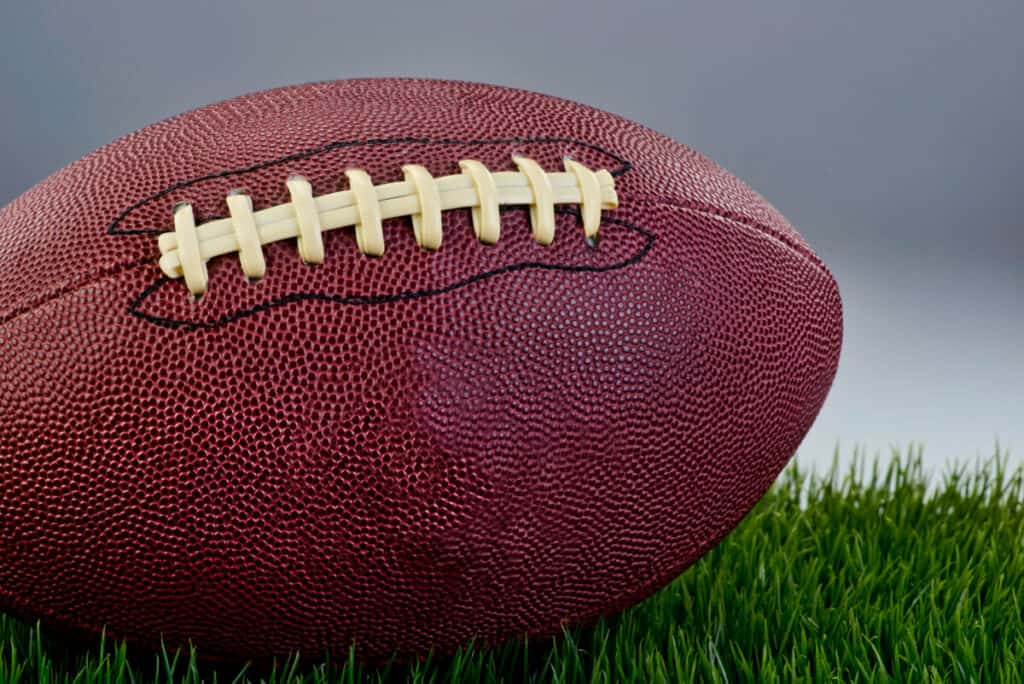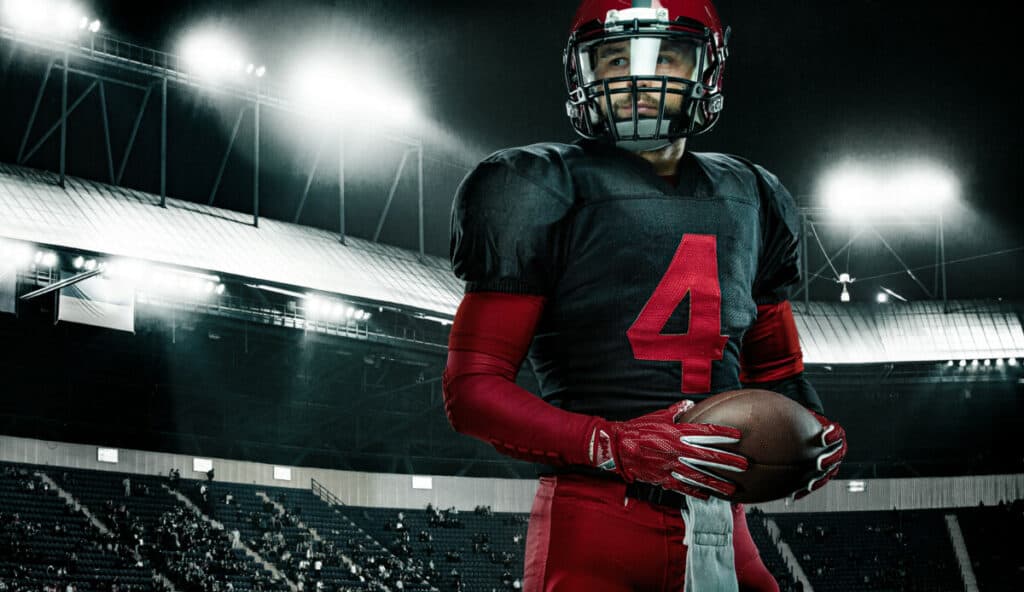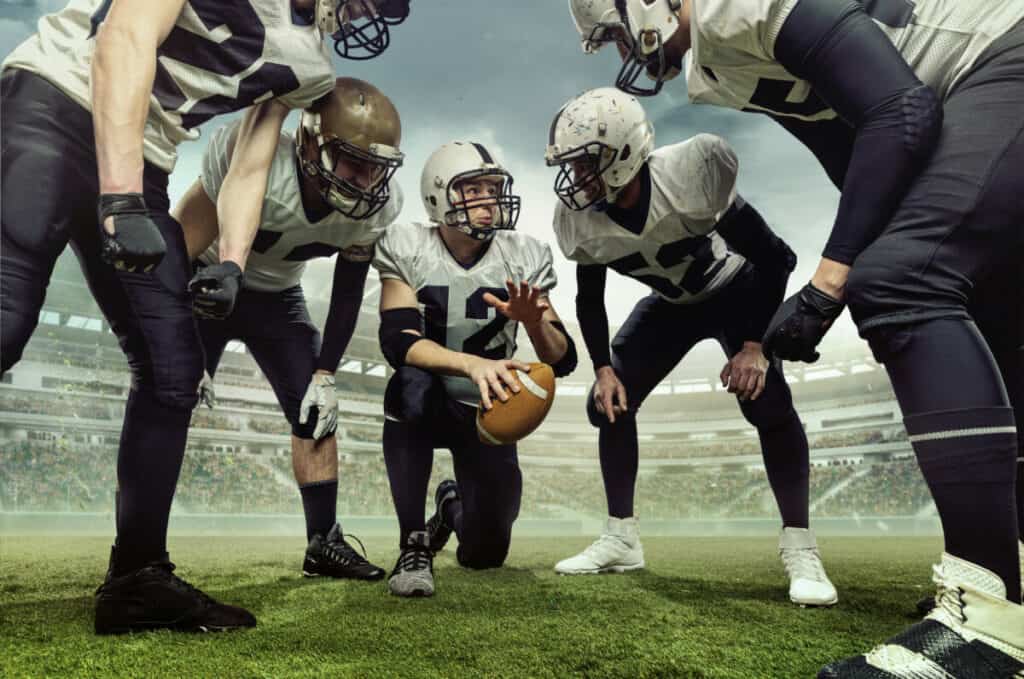why does the clock run after out of bounds in college football

If you’ve ever watched a college football game, you’ve probably witnessed a player go out of bounds and noticed the clock keeps running. You may be curious as to why this happens and whether or not this is always the case. There are a lot of rules and nuances to those rules in American Football, so we’re here to help clear up those questions.
The game clock will often keep running when an offensive player or the ball goes out of bounds in college football. This is because stopping the clock every time an out-of-bounds occurs would waste time. There are only certain instances in which the clock stops running during out-of-bounds moments.
To find out when the clock will stop running and why the clock doesn’t stop during most out-of-bounds situations, keep reading!
When does the clock stop running?
To better understand why the clock continues to run when a player goes out of bounds, you should first understand which instances in which the clock stops running, whether a player is out of bounds or not.
Both college football and the National Football League have very similar rules, including when it comes to stopping the clock or not stopping the clock during an out-of-bounds situation.

Typically, during both college football games and NFL games, the clock will stop until the next snap in the game whenever there is an incomplete pass, the team is timed out, or the play ends with a score. But, there are instances in which the clock is stopped while or after a player is out of bounds.
The moments in which the clock will stop while a player is running out of bounds only occur during college games whenever there are under 2 minutes left in the first or second half of the game. The clock will stay stopped for that out-of-bounds runner until the next snap is issued.
This is the same case for the NFL, except in the second half, the time before the end of the half when the clock will stop is extended to up to 5 minutes.
Other instances in which the timer is stopped while a player is out of bounds include the same reasons the timer would stop while all players are in bounds. So, if a player is out of bounds and the team is using a time-out, the play ended with a score, or an incomplete pass was made, the timer will stop like usual.
Instead of stopping until the next snap in the game, the clock resumes running after the ball has been spotted for the next play. This is when the match officials respot the ball at the designated line. In the NFL, the ball is spotted at the 15-yard line, whereas in college football, it’s spotted at the 3-yard line.
When does the clock continue running?
With that considered, it may be easier to tell when a clock continues running after a player runs out of bounds in American football, whether it be college football or the NFL. Basically, the clock will continue ticking after a player with the ball runs out of bounds whenever the situations listed above do not apply.
For example, the clock will run whenever a play is made that does not lead to a score, whenever the team is not timed out, whenever there hasn’t yet been a pass made, or the pass made was complete. These do not lead to the clock pausing regardless of whether or not a player with the ball goes out-of-bounds.

Other situations in which the clock continues to run include whenever there are more than 2 minutes left of the game’s half for college games. Typically, speaking, the clock will always continue to run, except in the event that one of the given situational caveats occurs.
If you look at the history of American football, you’ll find that the times in which a player can be out of bounds and the clock isn’t stopped were not always the case. You’ll find that previously there was a set rule that stated that whenever a player goes out of bounds, the clock will stop.
But likely because players were found taking advantage of this rule for the benefit of their own team, this rule has since been eradicated. But this isn’t the only reason why it has changed. To expand on that, we will discuss why this rule was removed and why exactly the clock continues ticking even after a player goes out-of-bounds.
To keep players from purposefully going out of bounds, the game clock will only continue if the ball carrier’s forward momentum has stopped or is slowed before he or she gets to the boundary lines. If the player holding the ball continues their forward momentum as they head towards the boundary lines, then the game clock will stop until the ball is spotted.
Why does the clock continue running after out-of-bounds moments?
The reason why the clock continues to run after a player has gone out-of-bounds whether or not they are handling the ball, is one reason why the out-of-bounds rule changed.
The rule used to be that whenever a player went out of bounds, the clock would stop until the player gets back in bounds or until the ball is spotted. But, because players were found taking advantage of this rule to give more time to strategize with themselves or other players during the game, and because it inadvertently happened too often, the rule has since been taken out of the rule book.

Taking this rule out of the rule book also reduces the amount of time wasted in the game, especially given that out-of-bounds instances would occur too often.
In American football, time is absolutely crucial. So, instead of wasting time issuing and executing so many game pauses, the game can continue as normal whenever a player or the ball goes out of bounds, especially when that occurs during the start of the game.
Whether or not the clock is stopped is determined by the referee. You can tell what calls he or she gives out if you pay attention to their hand motions. If they make a big X with their arms, they are telling those controlling the timer to stop the clock. If they motion a large circle with their hand, then they are telling them to let the clock continue ticking.
